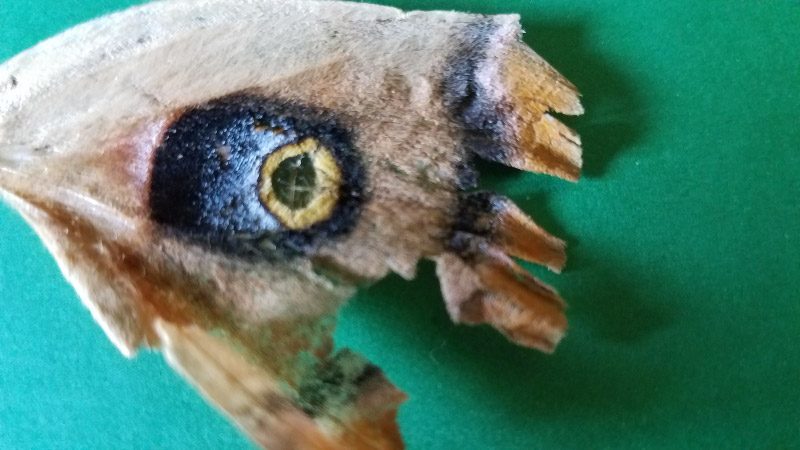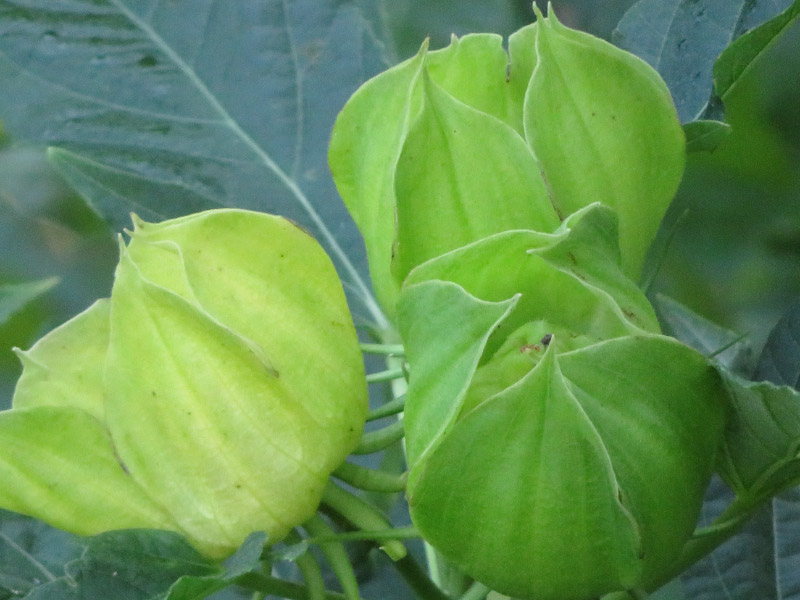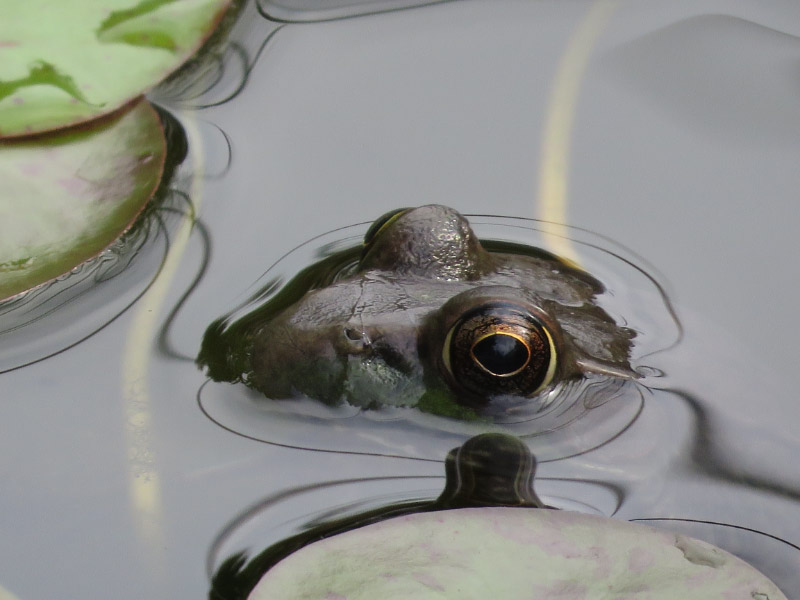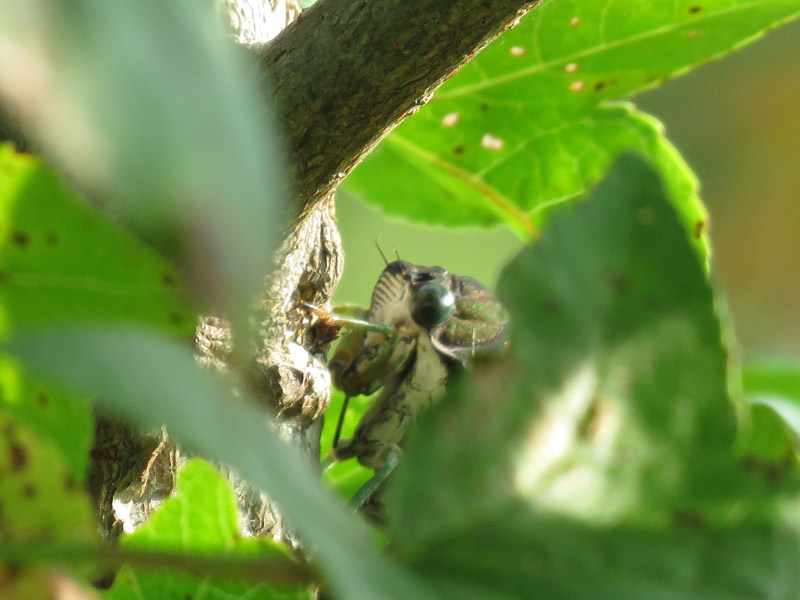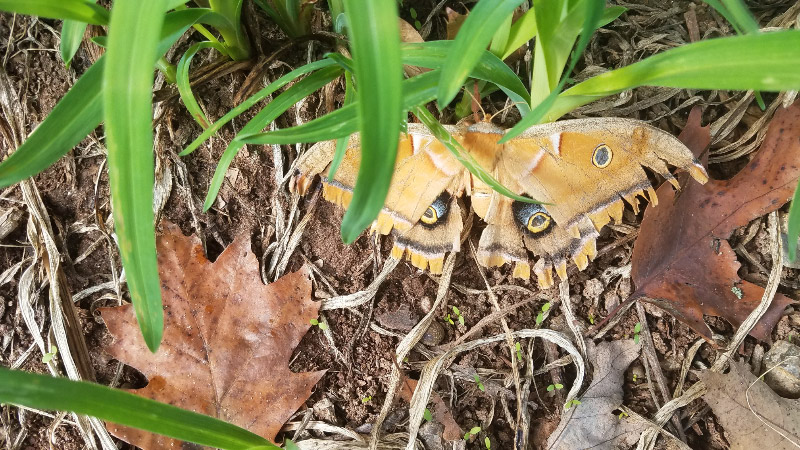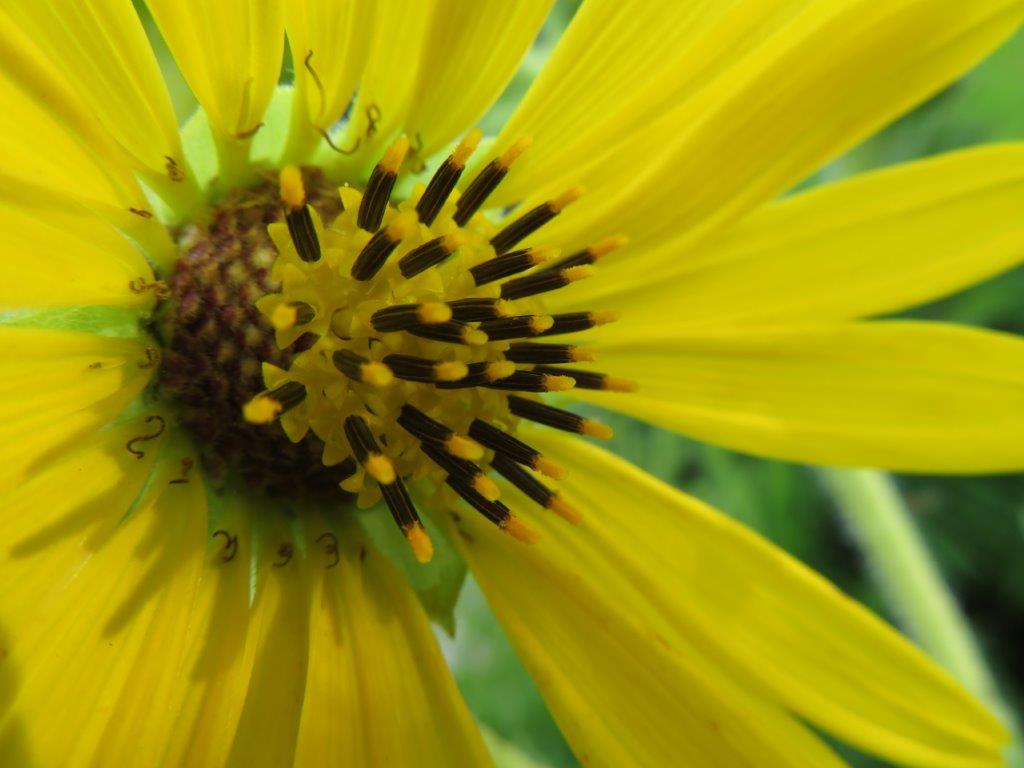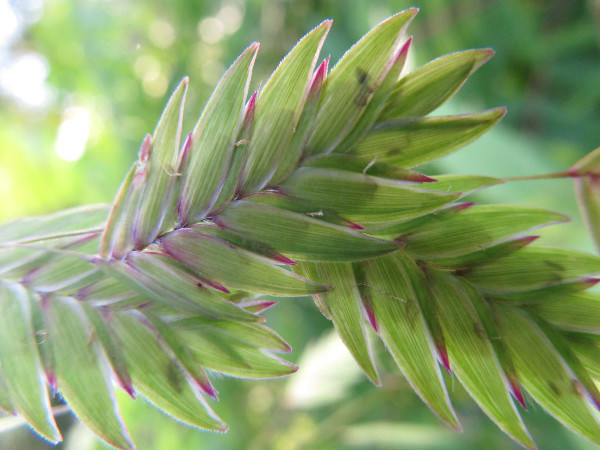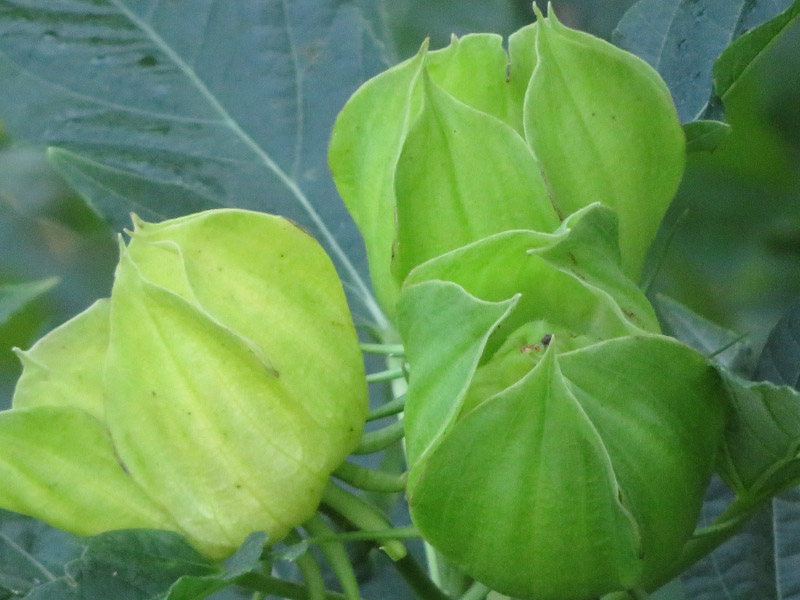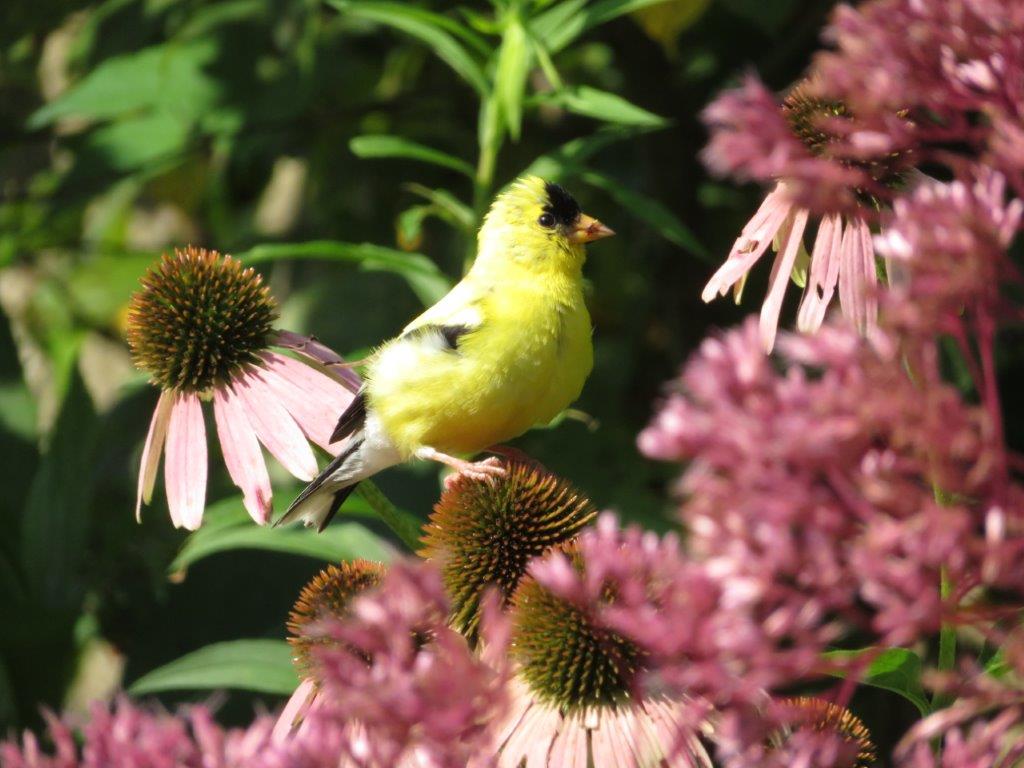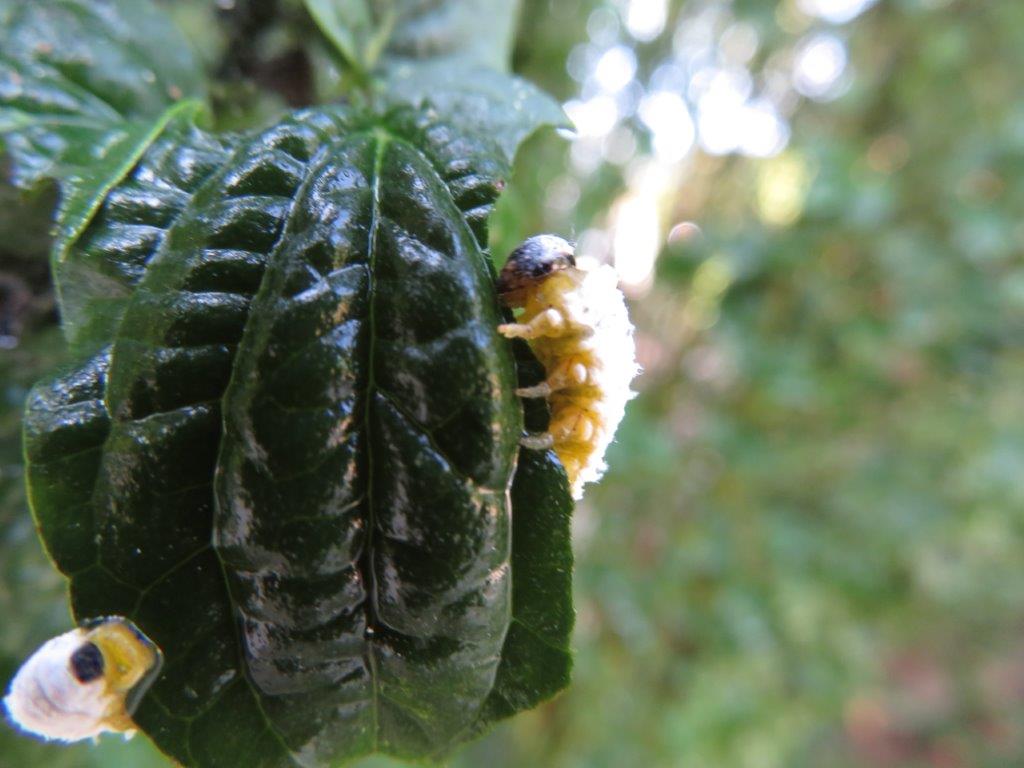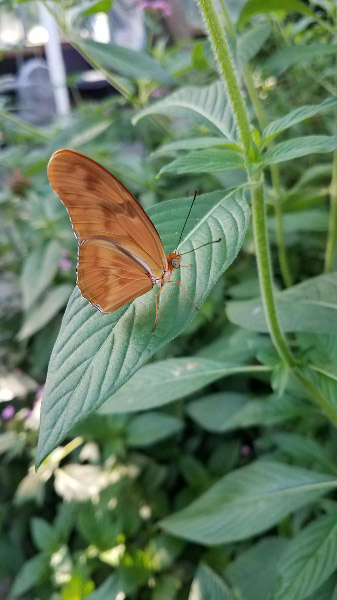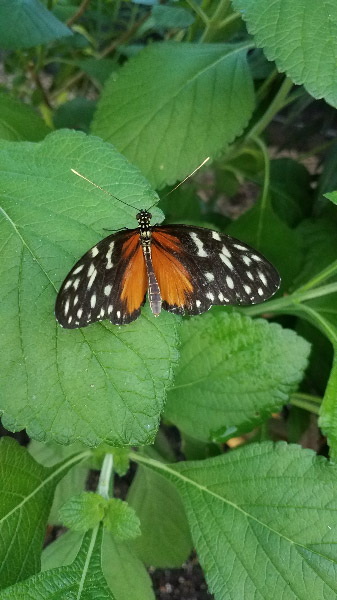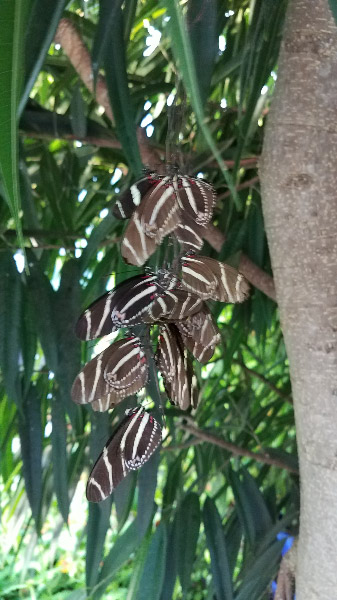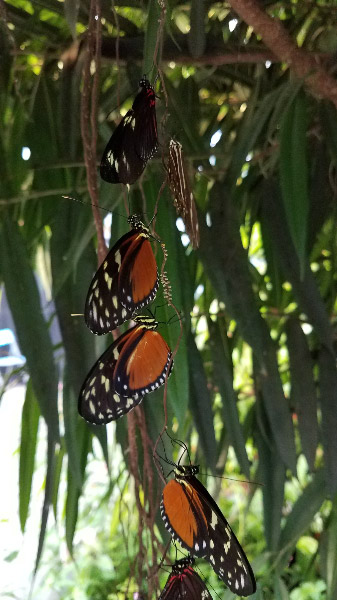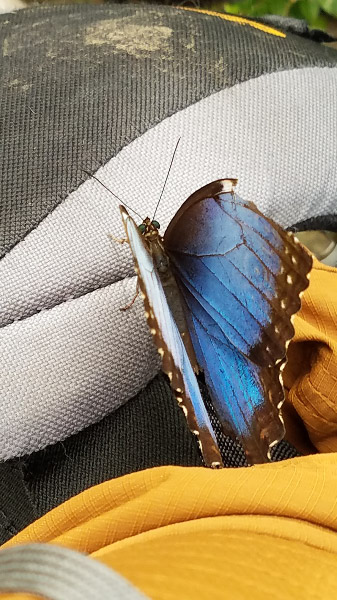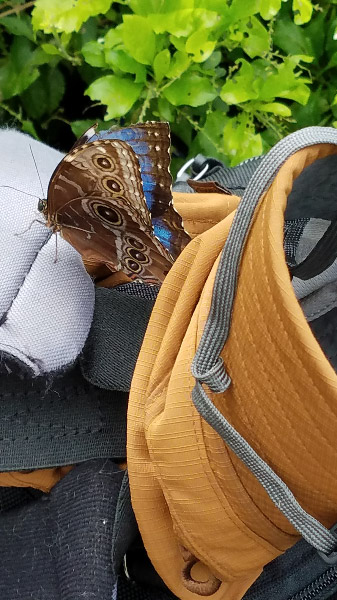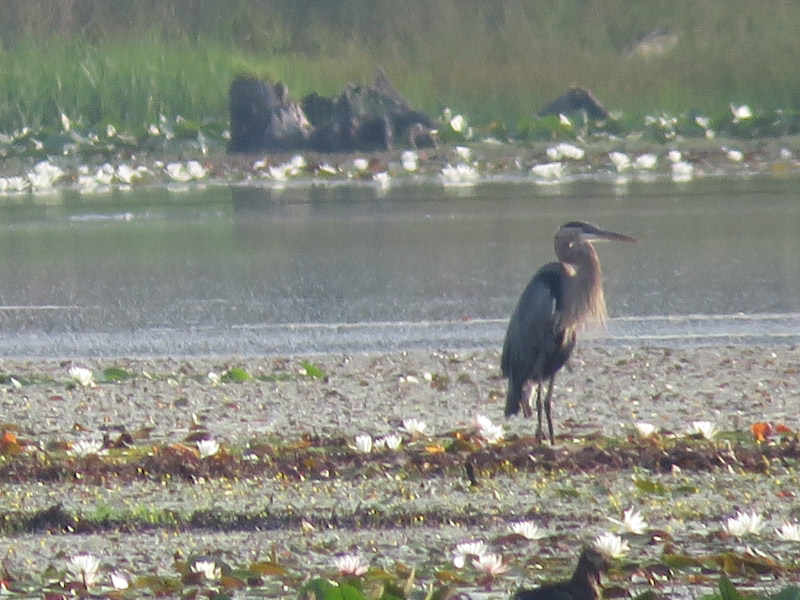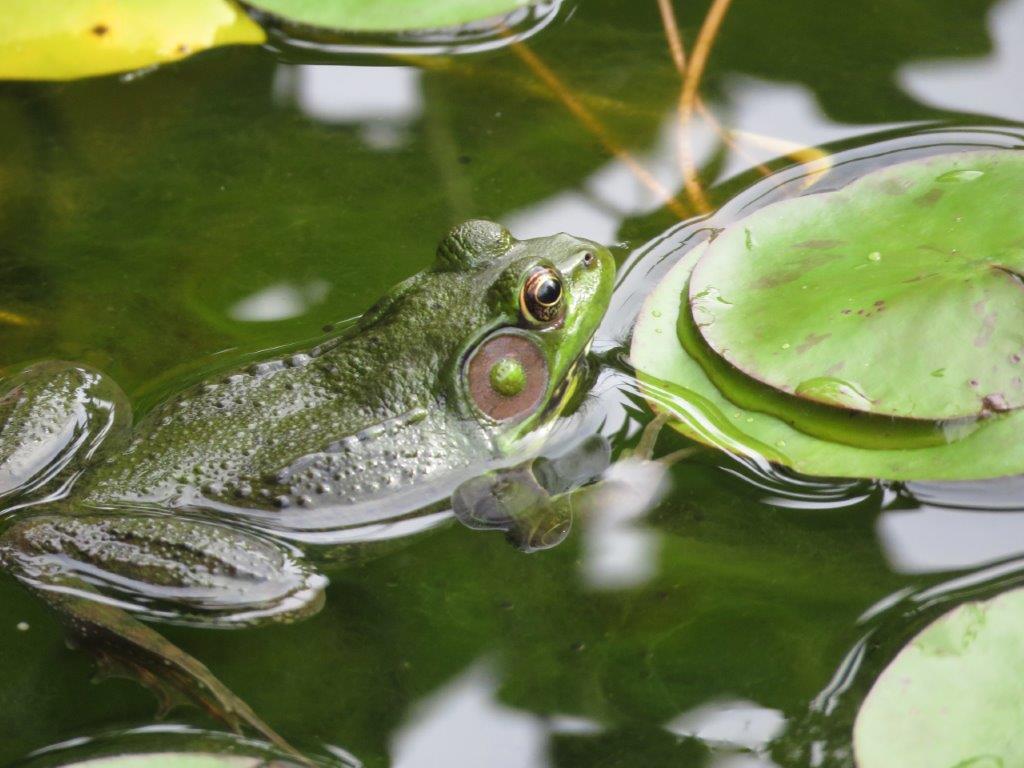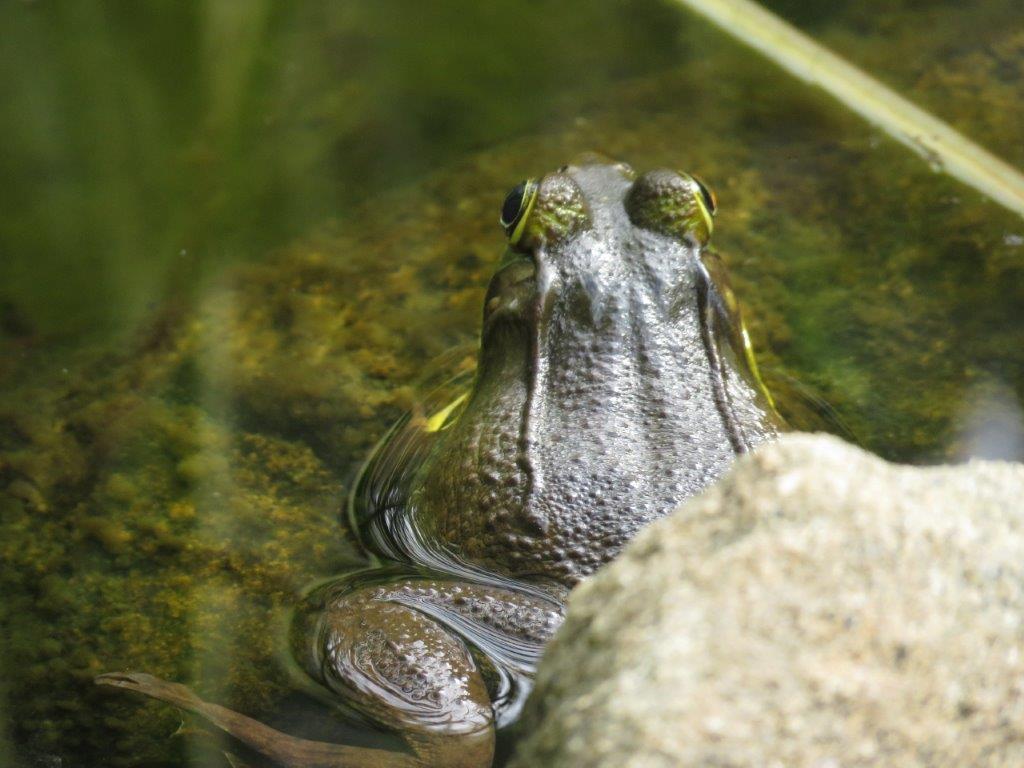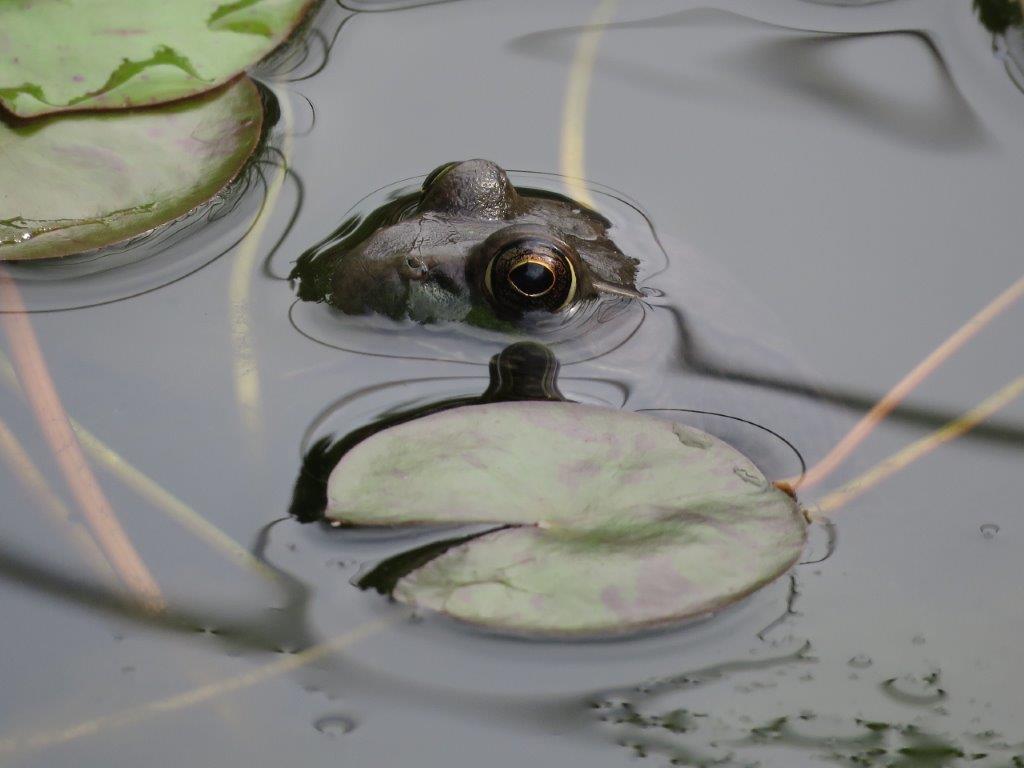Gleanings of the Week Ending September 7, 2019
/The items below were ‘the cream’ of the articles and websites I found this past week. Click on the light green text to look at the article.
BBC - Future - Is city life really bad for you? – Some additional reasons we need to make changes to cities --- if that is where the bulk of humans will live in the future.
A Field Guide to Commonly Misidentified Mammals – Cool Green Science – How many of these animals can you correctly identify?
Blood vessels turning into bone-like particles -- ScienceDaily – The headline caught my interest…bone-like particles in the blood. Then I noticed that the researcher was from the school where I did my undergraduate work back in the 1970s!
Top 25 Wild Bird Photographs of the Week: Raptors and Migration – Catching up on these weekly posts from National Geographic. I always enjoy them.
BBC - Future - Can you cool a house without air conditioning? – We’ve probably had our last 90 degree plus day for the season at this point….but over the long term, I expect broadening the technologies we use to cool our homes and buildings is going to be important.
Turquoise-Tinted Tarantula Discovered in Sri Lanka | Smart News | Smithsonian – Iridescent color that must startle the spider’s prey (or a predator) --- and a discussion of collecting by scientists.
See a different endangered animal in every U.S. state – The map is easy to explore. The Puritan Tiger Beetle was the one listed for Maryland….not something I had heard of before.
Infographic: How Muscles Age | The Scientist Magazine® - A little muscle anatomy lesson – for young and old.
The Earth's Vegetation Stopped Expanding 20 Years Ago - News | Planetizen – Another indication that climate change is already having a worldwide impact?
Forest-killing bark beetles also might help ecosystem, experts say - UPI.com – It’s distressing to see a forest of dead trees…but maybe it’s an indicator that monoculture forests and fire suppression are not healthy. And then there is climate change in the mix as well. The beetles now survive the winter temperatures in much of their range.










